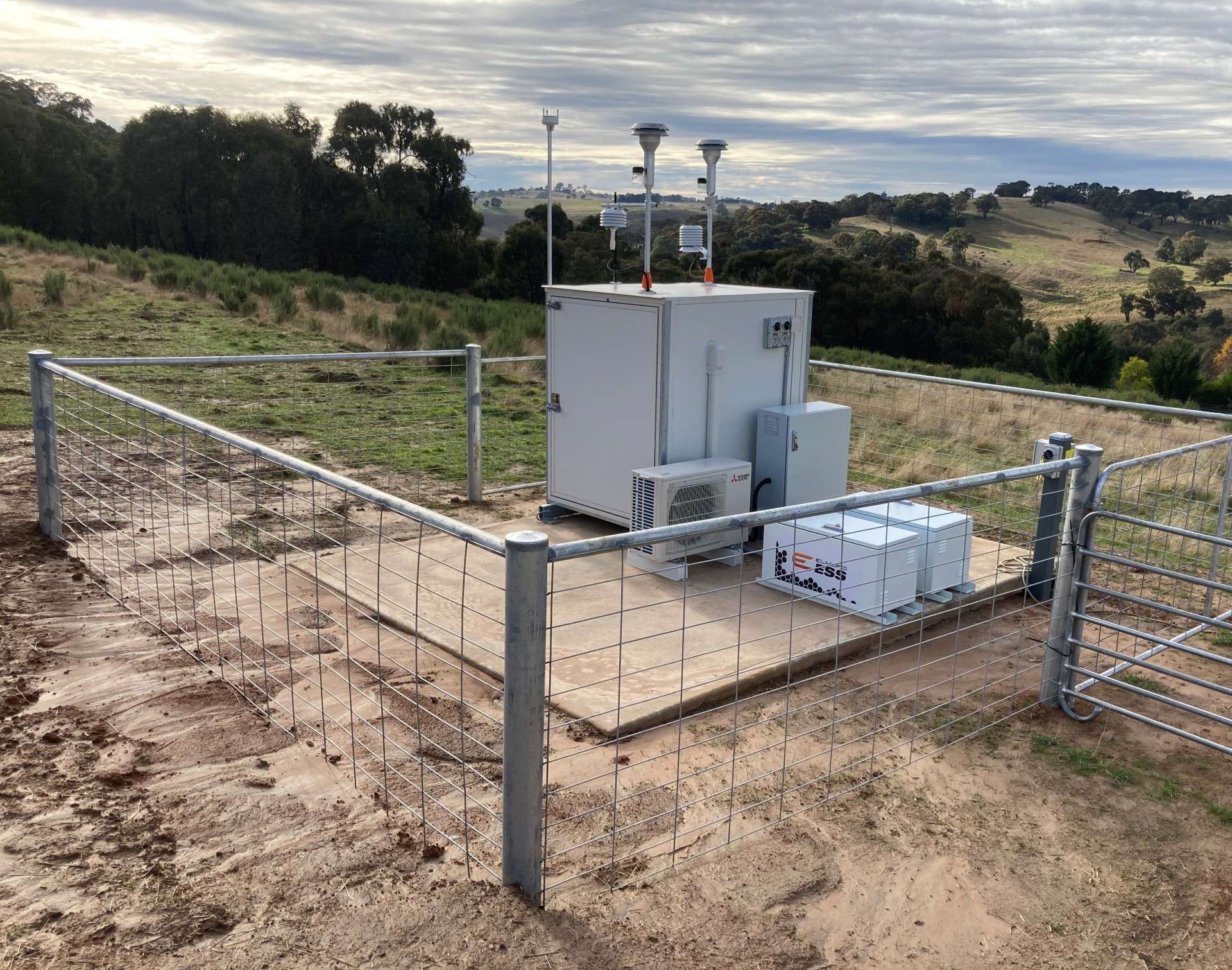Our Air Quality Monitoring Program is designed to provide the framework to prevent, or otherwise mitigate effects that our activities could have on the local community and the environment. The program also determines the effectiveness of our control measures and ensures we are compliant with consent and licence conditions.
What we monitor at Cadia
PM10 and PM2.5 Ambient Air Quality Monitoring – BAMs (Beta Attenuation Monitors) provide continuous PM10 and PM2.5 particulate concentration measurements using the industry proven principle of beta ray attenuation. Eight BAM’s are in continuous operation at various locations around the Cadia district.
Dust Deposition Gauges - (DDG’s) are located at eleven sites around the Cadia District and the Cadia Dewatering Plant. The DDGs are analysed monthly for metals and total dissolved and insoluble solids.
Visual Dust Monitoring - Visual dust is monitored during routine inspections and when complaints are received. Where excessive dust generation has been identified, mitigation measures are implemented.
Meteorological Monitoring - We also utilise our on-site weather stations as part of our air quality monitoring program.
Real-time monitoring in the community
Cadia is committed to maintaining air quality within the required limits of 50 micrograms per cubic meter of Particulate Matter (PM) 10 and 25 micrograms per cubic meter of PM2.5 for any 24-hour period to assist in minimising the impact that our activities could have on the local community and the environment.
To maintain openness and transparency, we have launched a dedicated real-time monitoring page to display air quality levels around the clock at four strategic locations on and around our site. To view real-time data displayed from Cadia’s monitors, click here Live air quality monitoring.
The NSW Government also reports air quality data from various monitoring stations across the state, including monitors located at Errowanbang, Forest Reefs and Millthorpe. To view real-time data displayed from NSW EPA monitors, click here Air Quality NSW
Tailings Dust Environmental Health Assessment and Air Quality Monitoring Study
In response to community concerns, we completed a comprehensive study into the potential environmental health impacts of the tailings dust and commenced additional testing and monitoring during 2020 and early 2021. The study found that there is no current evidence to suggest that dust from the Cadia tailings storage facilities or emissions from the mine ventilation system pose a health risk to the community. For more information, see the Fact Sheet and Report.
